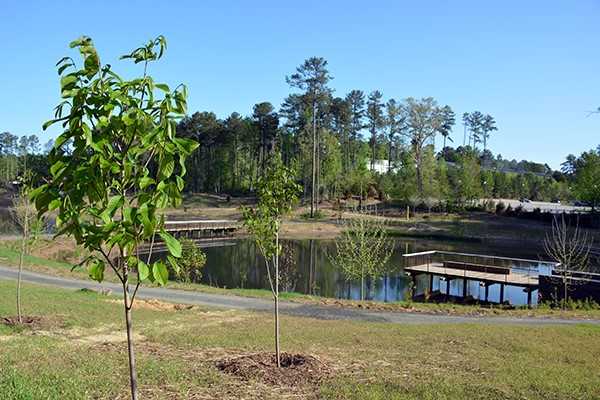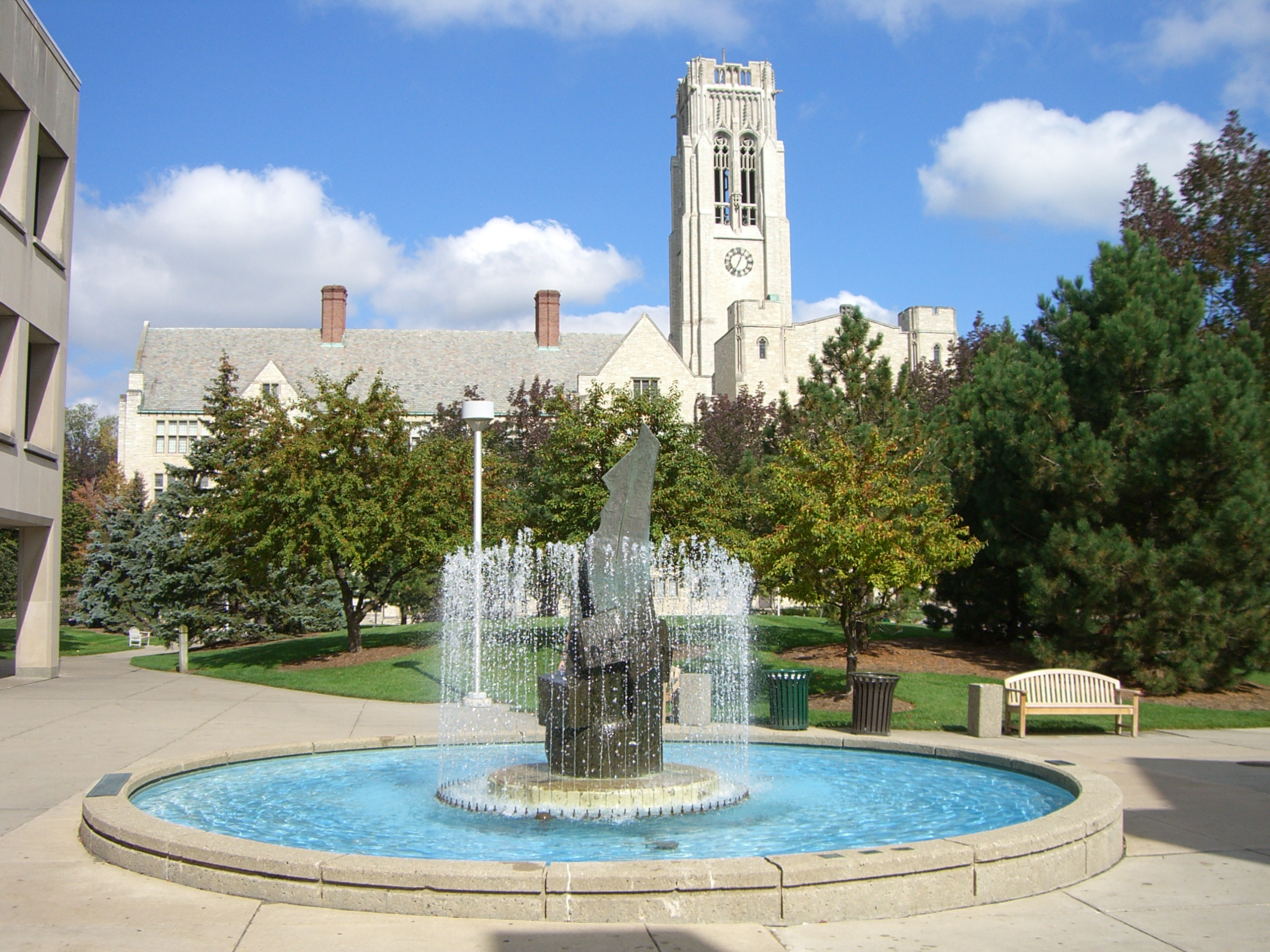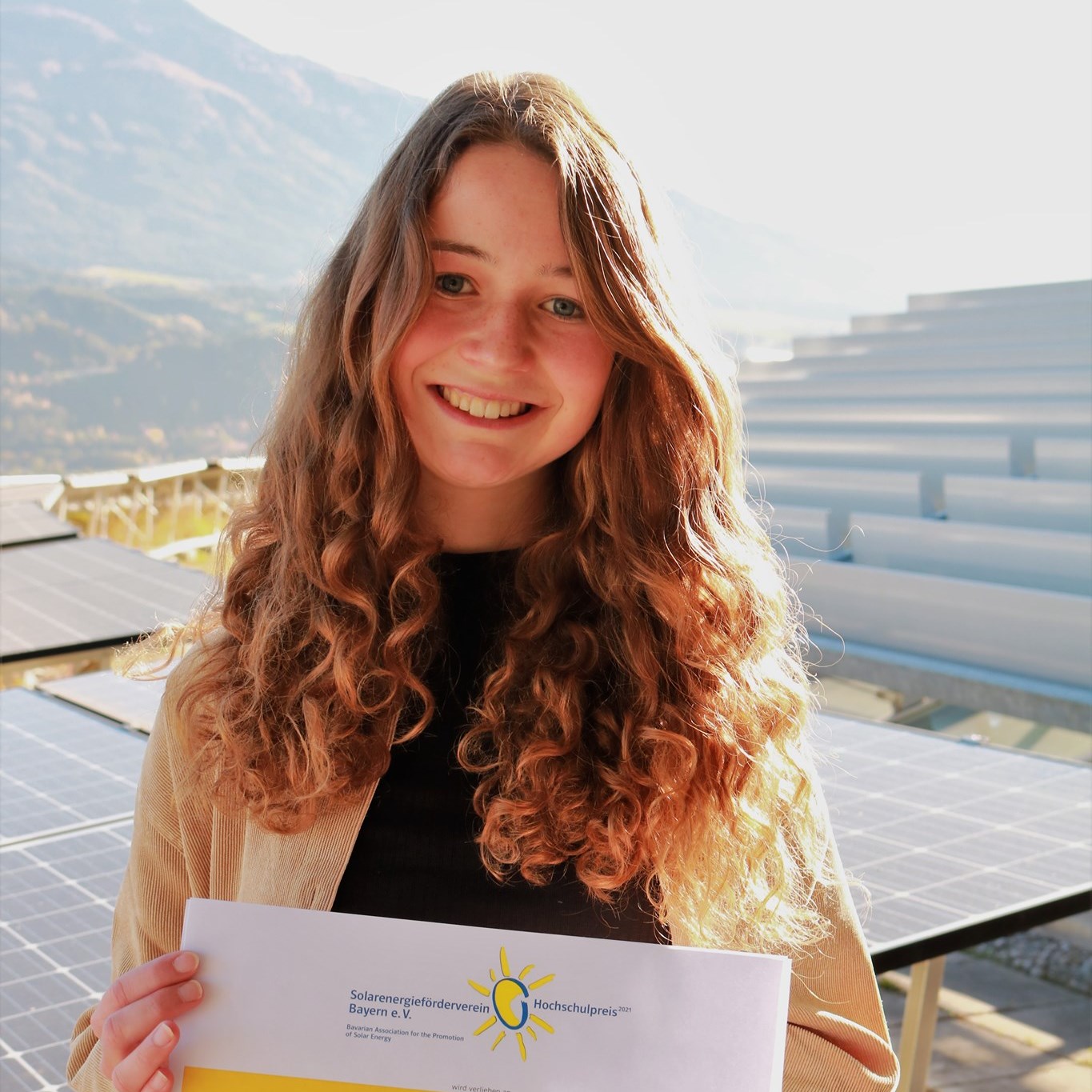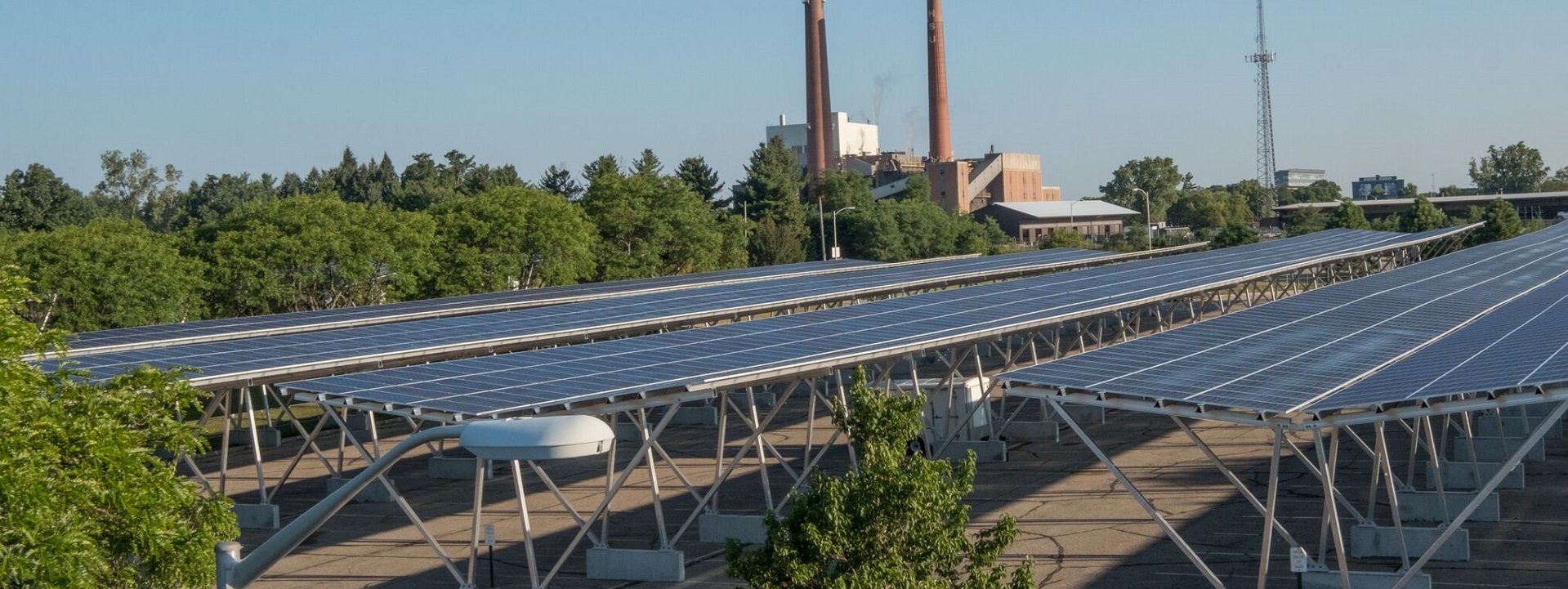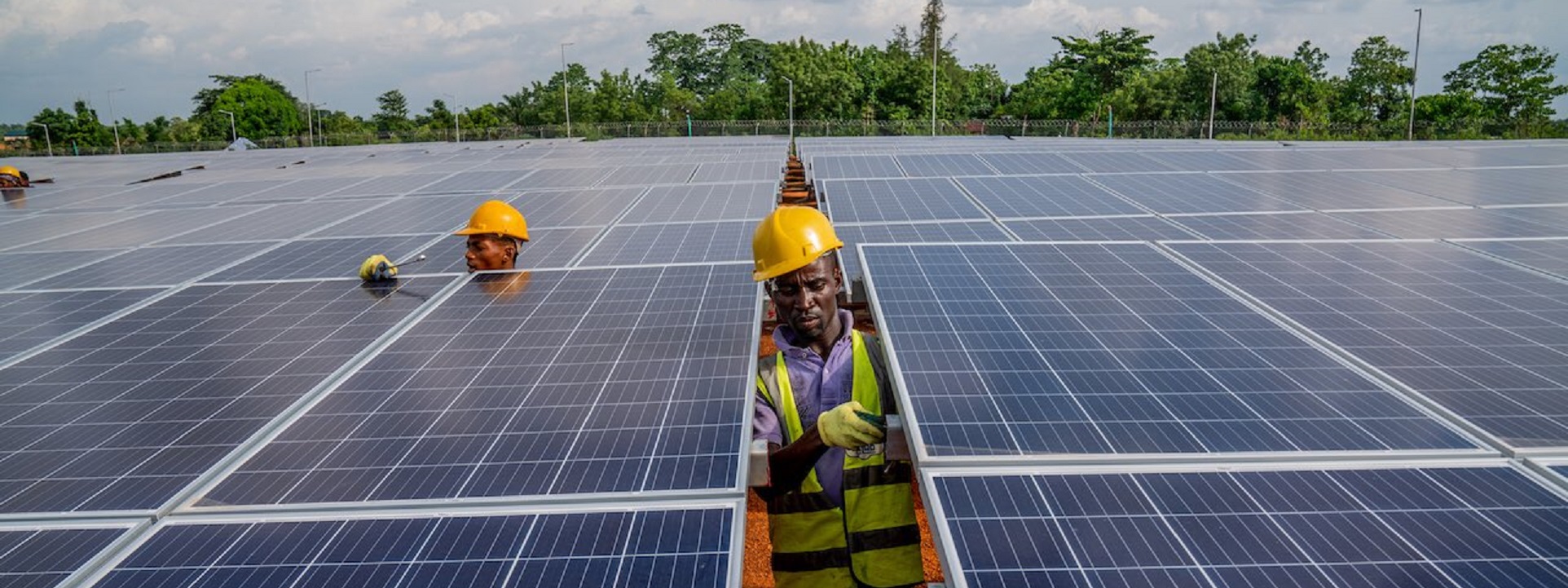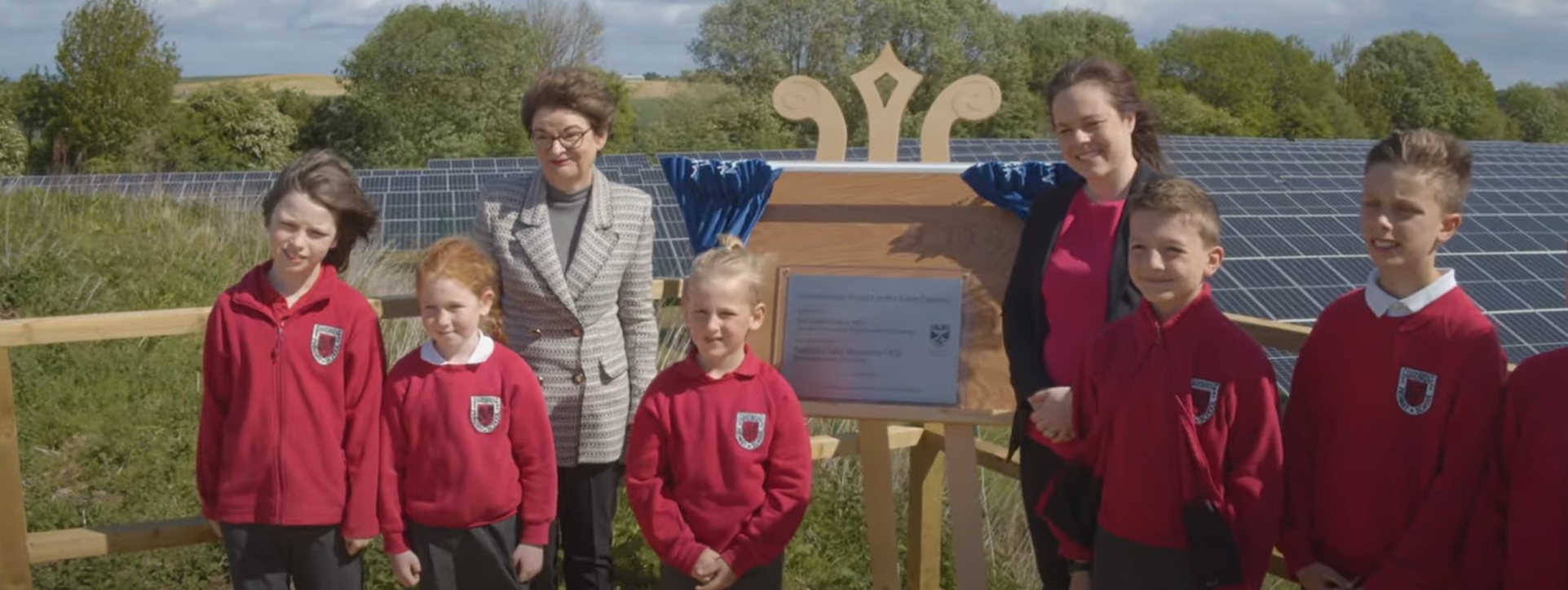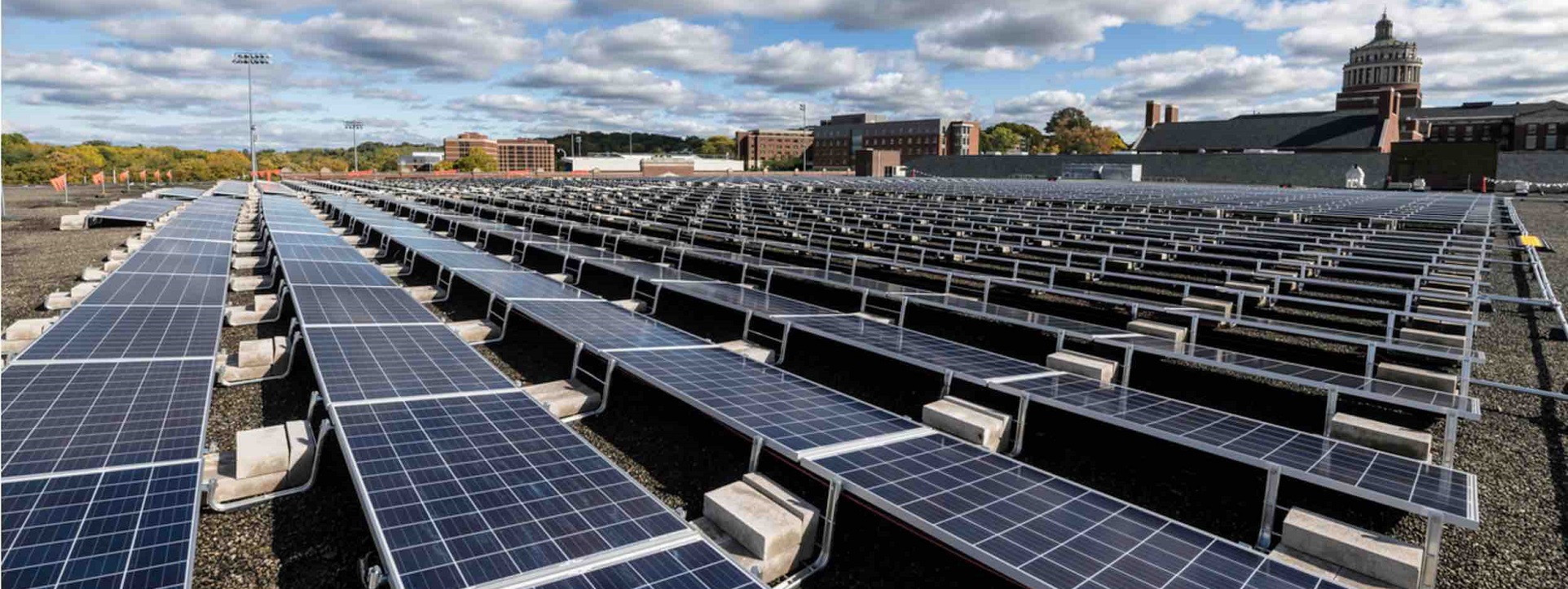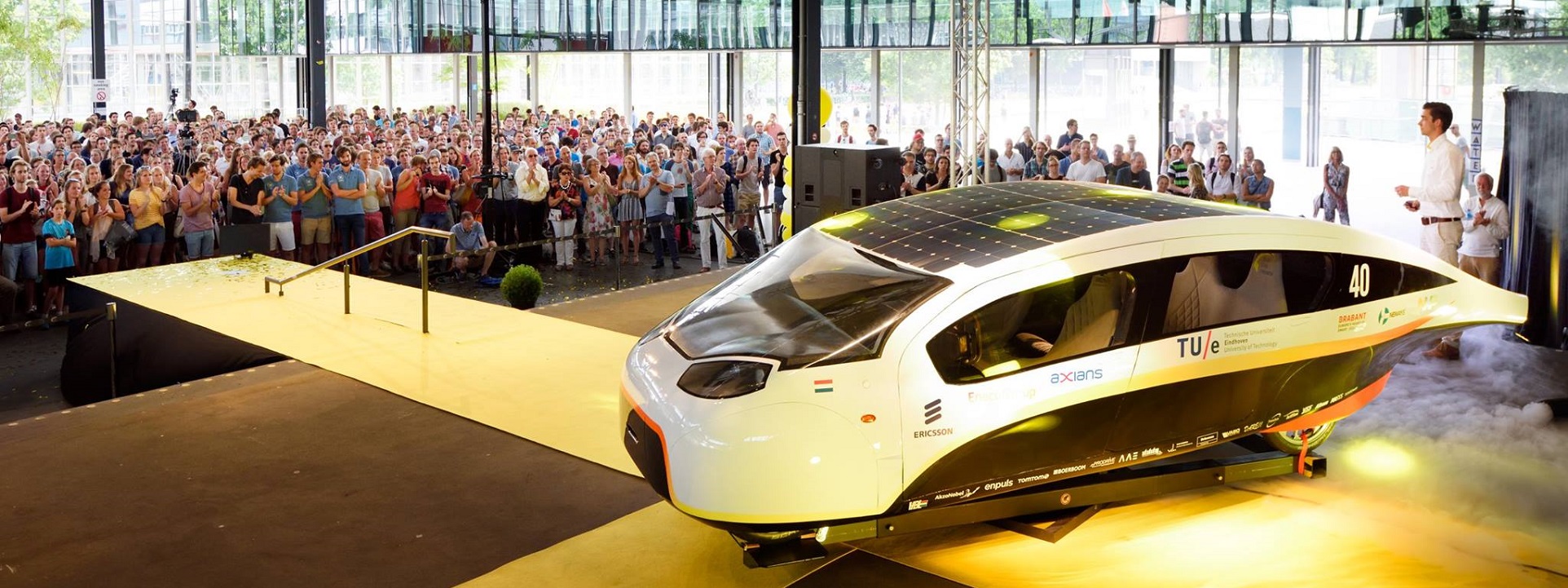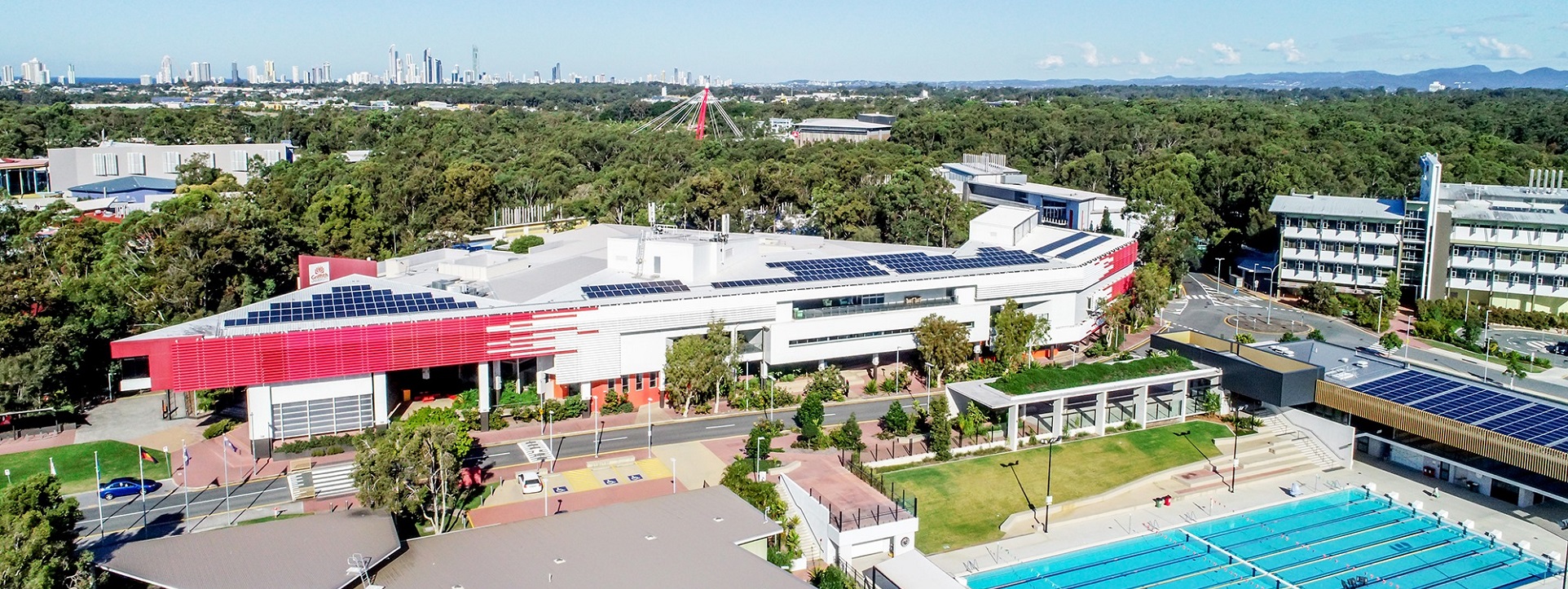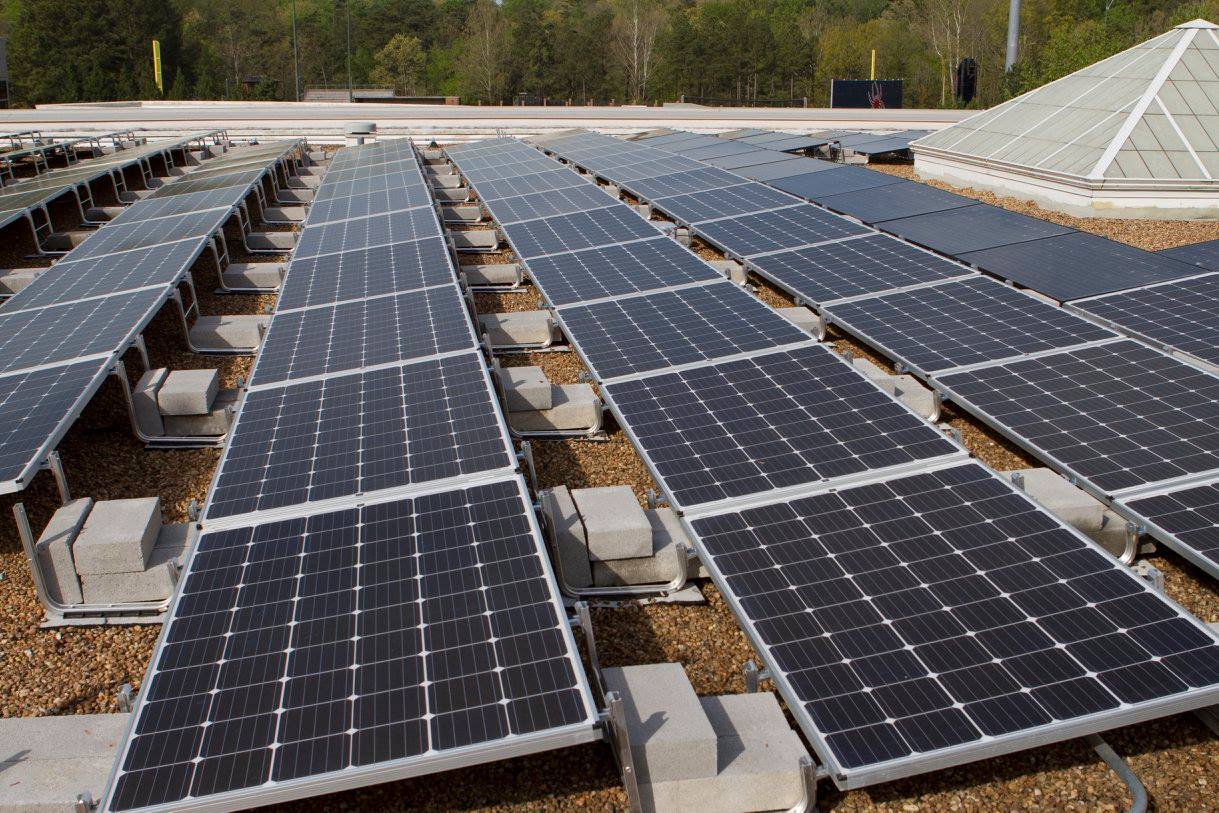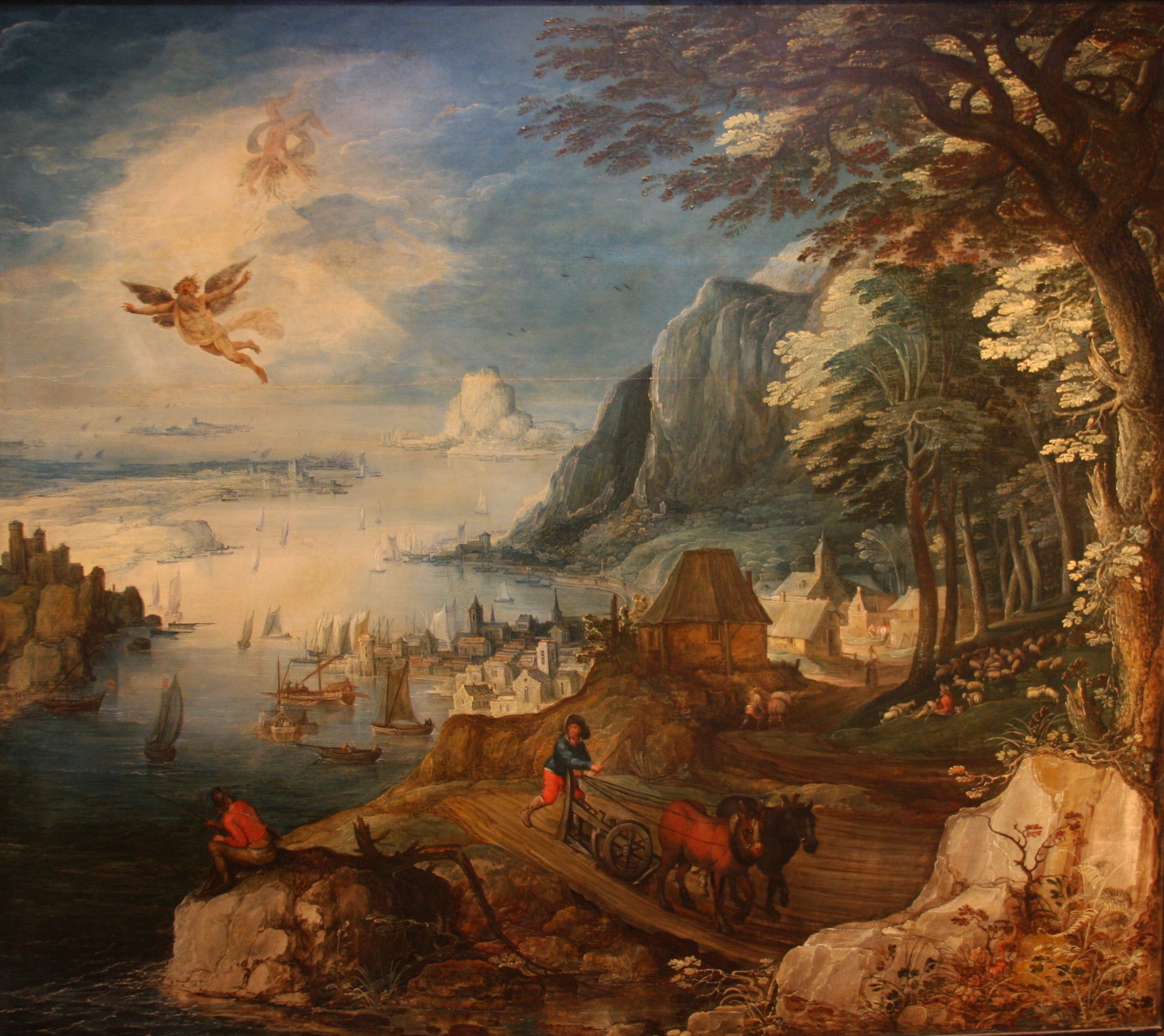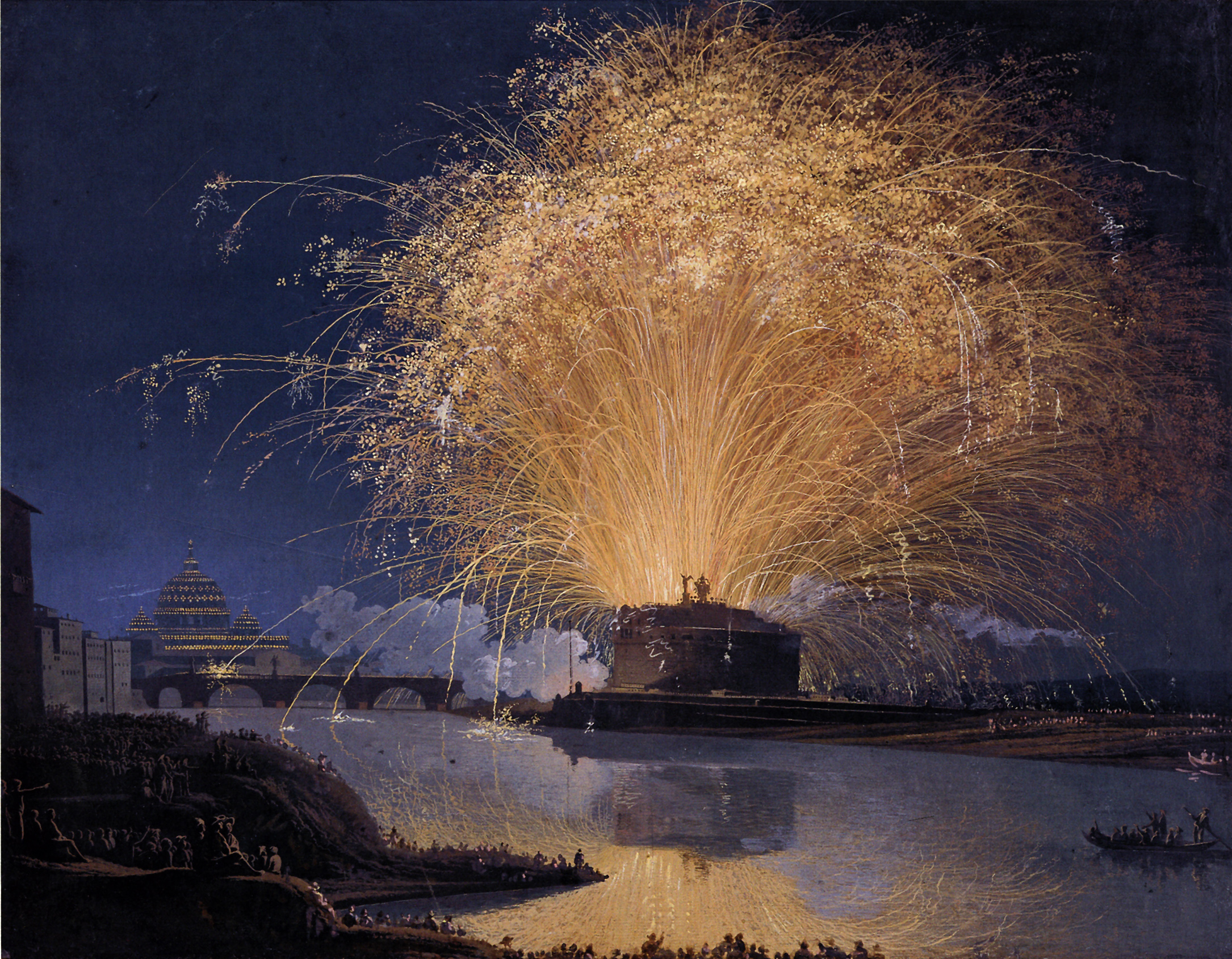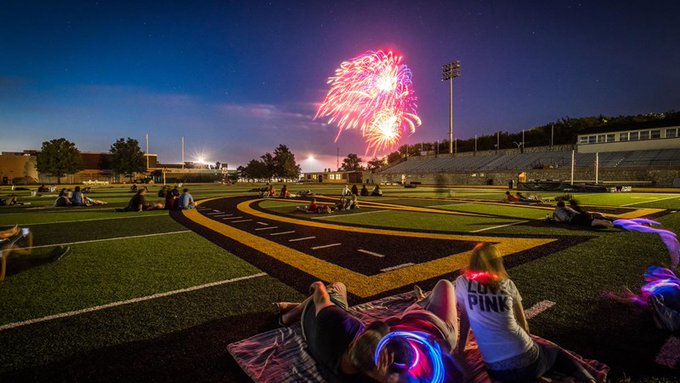From the Wikipedia:
Qualified Zone Academy Bonds (QZABs) are a U.S. government debt instrument created by Section 226 of the Taxpayer Relief Act of 1997. It was later revised and regulations may be found in Section 54(E) of the U.S. Code. QZABs allow certain qualified schools to borrow at nominal interest rates (as low as zero percent) for costs incurred in connection with the establishment of special programs in partnership with the private sector…
…Funds can be used for renovation and rehabilitation projects (including energy projects), as well as equipment purchases (including computers). QZABs cannot be used for new building construction. The school district must obtain matching funds from a private-sector/non-profit partner equal to at least 10% of the cost of the proposed project. Information on the two QZAB federal mandates, 10% match and academy, can be obtained by visiting the American Association of School Administrators (AASA) school financing toolkit (see resources below).
…The normal annual allocation each year has been $400,000,000. However, during 2008, 2009, and 2010, the American Recovery & Reinvestment Act (ARRA) increased these amounts to 1.4 billion. The 2011 allocation has returned to the $400,000,000 level. The allocation is divided up by all fifty states and US possessions. QZABs are a temporary program, subject to reauthorization. The last authorization was for the calendar years 2012 and 2013. Authorizations must be used within two years following the year for which they were given, meaning that authorizations given in 2012 must be used by December 31, 2014. As of July 21, 2014, the reauthorization of the QZAB program for years 2014 and 2015 has not been passed by the U.S. Congress. [Emphasis added*]…
From the US Department of Education:
…Schools usually fund large projects, like building renovation or construction, through debt mechanisms such as tax-exempt bonds or loans. School districts must then pay a substantial amount of interest on this debt. For schools serving low income students, QZABs reduce the burden of interest payments by giving financial institutions holding the bonds (or other debt mechanism) a tax credit in lieu of interest. The school district must still pay back the amount of money it initially borrowed, but does not have to pay any interest — typically about half the cost of renovating a school. The credit rate for QZABs sold on a given day is set by the Treasury Department…
With the COVID-19 pandemic disrupting education facility construction projects — and the prospect of at least 10 percent of the built environment rendered redundant for all time — it is enlightening to review the several sources of financing for these construction projects.
We review education industry construction project status and financing at least twice a month during our US Census Bureau Monthly Construction and Finance teleconferences. See our CALENDAR for the next online meeting; open to everyone. Use the login credential at the upper right of our home page.
* The Rebuild America’s Schools Act of 2019 (H.R. 865/S. 266)
LEARN MORE:







